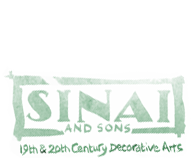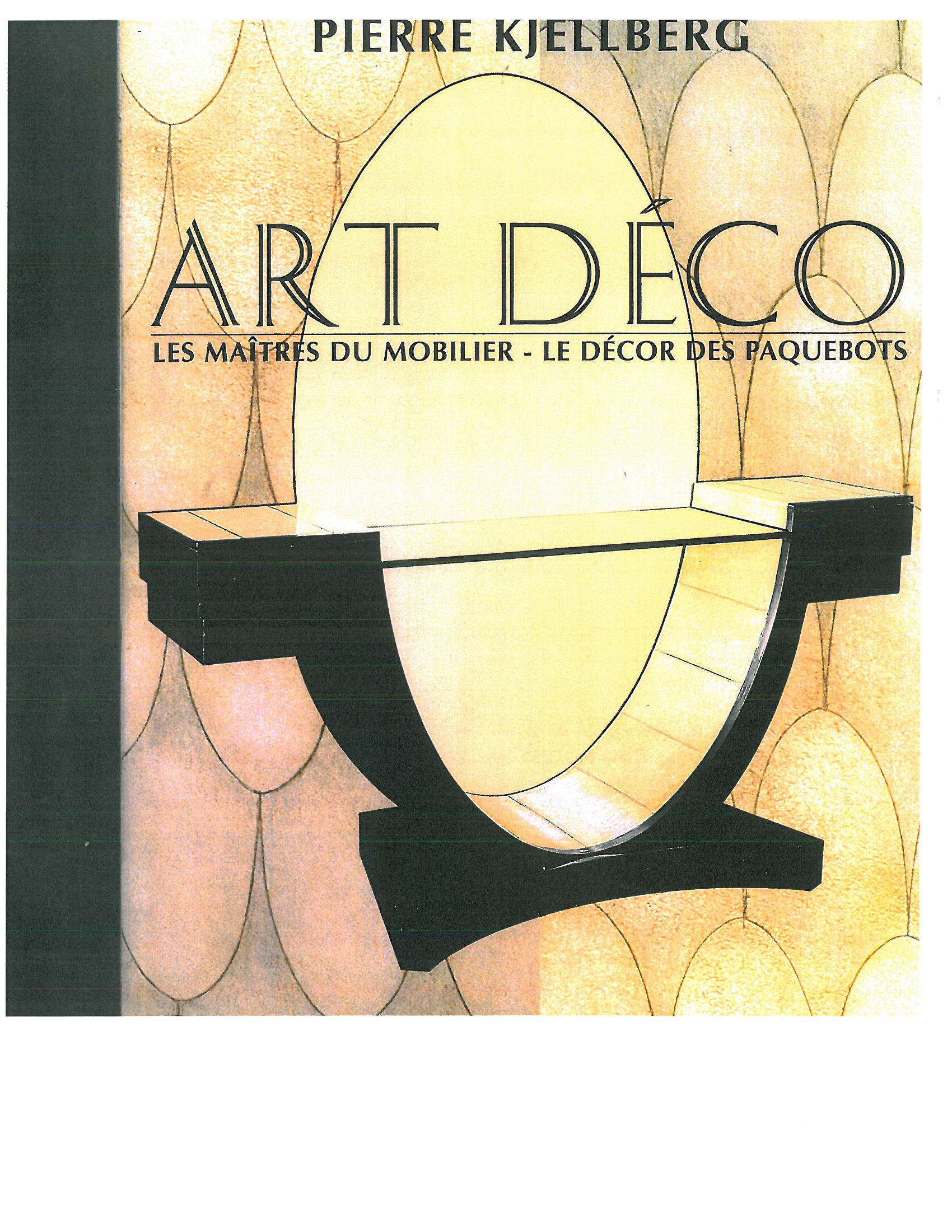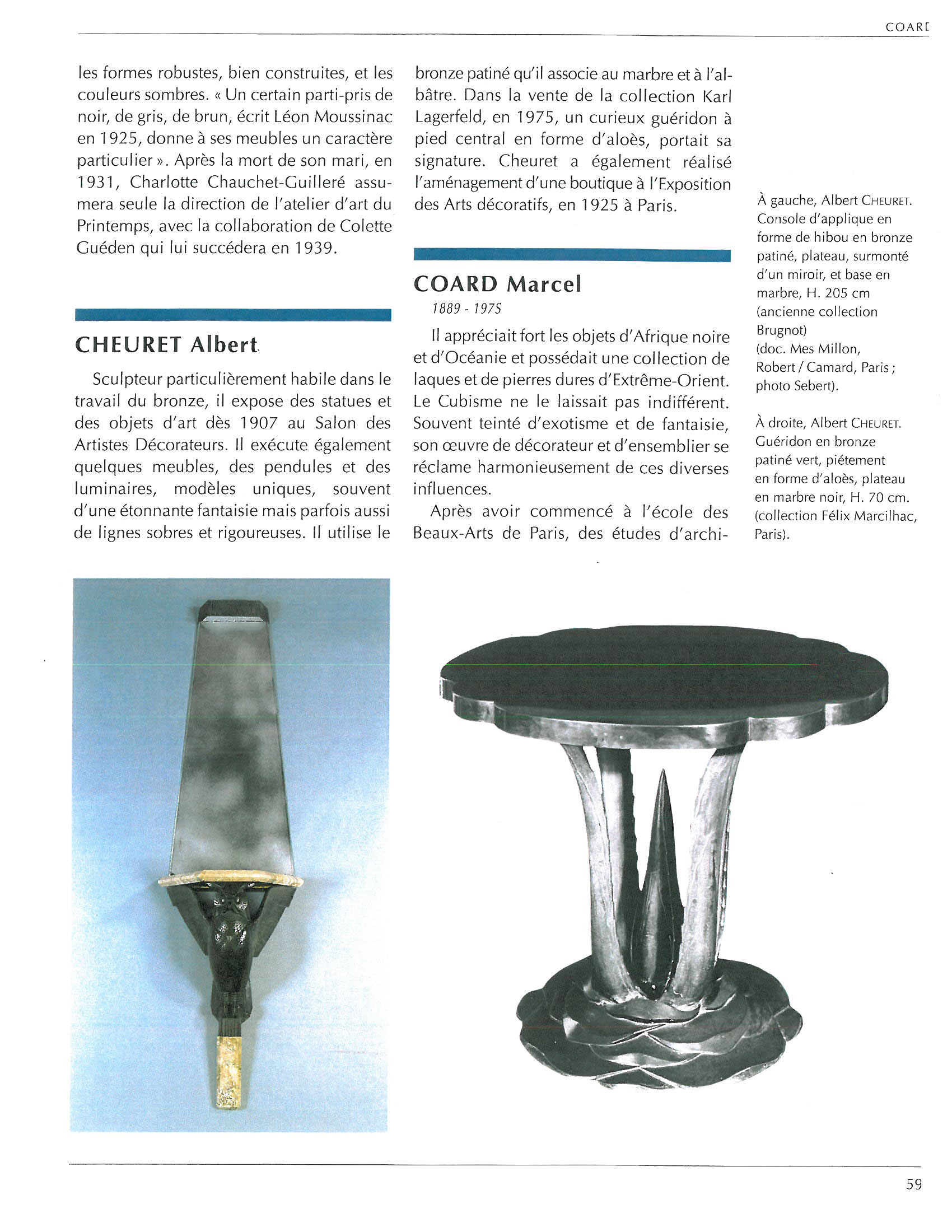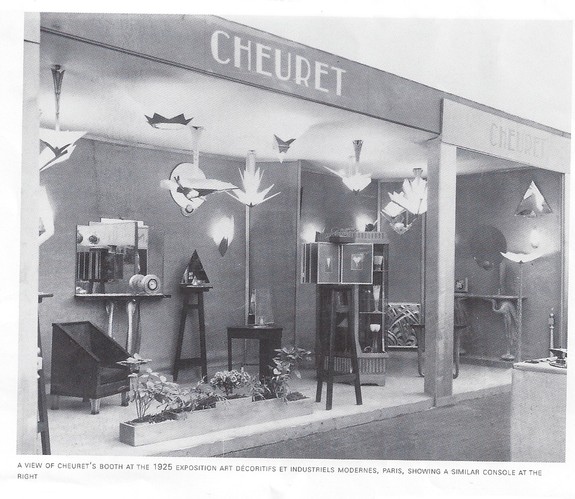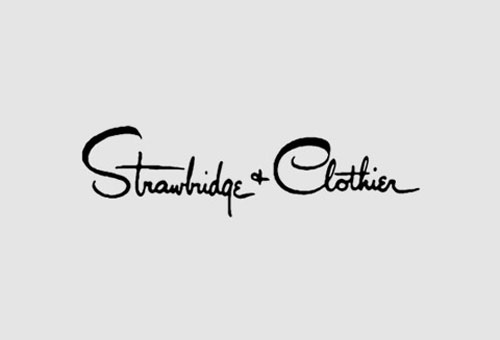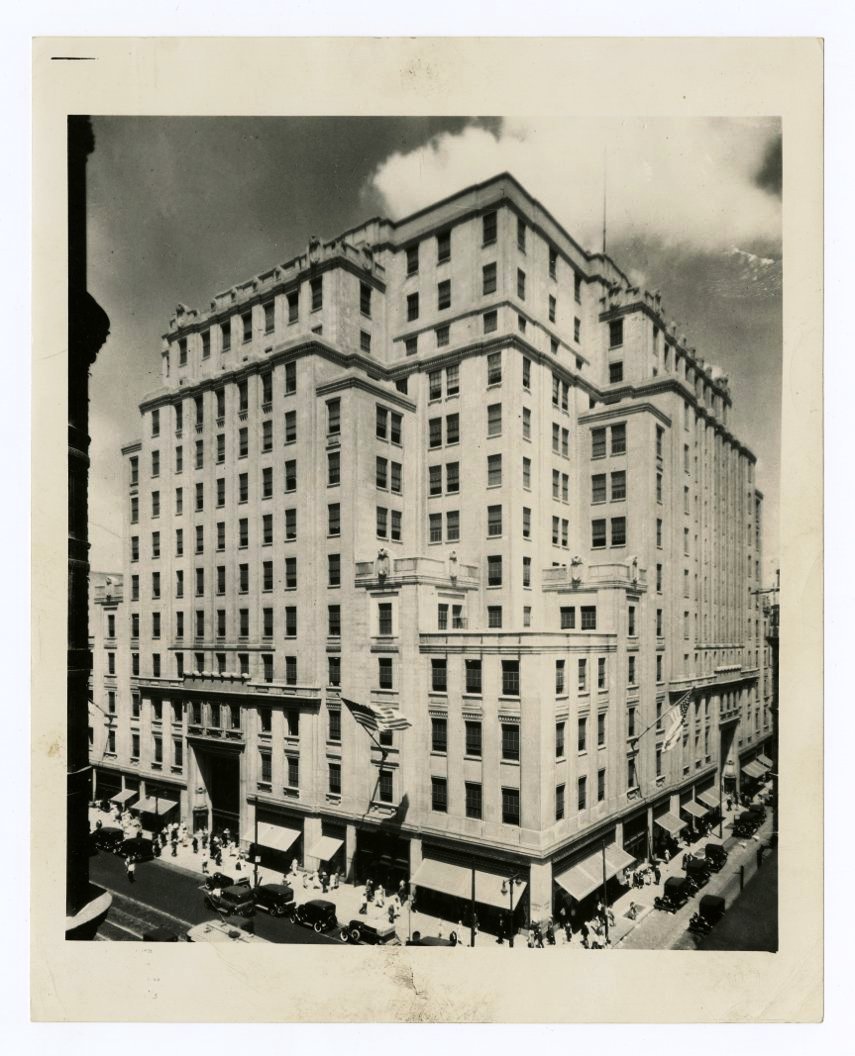Hibou, A Patinated Bronze and Marble Console and Glass Mirrorr
By Albert Cheuret, circa 1925
Inscribed Albert Cheuret and stamped MADE IN FRANCE
81 ¼ (206.4 cm) high, 23 ⅜ in (59.4 cm) wide, 12 ¾ in (32.4 cm) deep
Provenance
Strawbridge’s and Clothier Department Store, Market Street, Philadelphia
Private Collection, Philadelphia, circa 1940
Thence by descent, Private Collection, Maryland
cf. Pierre Kjellberg, Art Déco: Les Maîtres du Mobilier, Le Décor des Paquebots, 2000, p. 59
The inspiration of Art Deco furniture lay in the French ancien regime and the work of late 18th-century cabinet-makers such as Reisener, Roentgen and Weisweiler. Following the Art Nouveau era, in which furniture design strayed far from traditional French taste, there was a return to the purity of form and refinement of the 18th century. The traditional concept of the console table with mirror re-emerged, with an emphasis on angular design and simplicity of decoration.
The 1922 discovery by Howard Carter of Tutankhamen’s tomb inspired artists to explore new decorative motifs, particularly those depicting exotic animals. The craze touched every aspect of design in the 1920s. Cheuret often incorporated birds in his creations, either in a naturalistic style or tending towards abstraction. The angular forms and linear lines of the owl on this console seem to be drawn from Egyptian hieroglyphs.
Cheuret was born in 1884, but little is known of his early years except that he was trained in sculpture by Jacques Perrin and Georges Lemaître. He participated regularly at the Salons of the Société des Artistes Français from 1907 and established his atelier at 11 avenue Franco-Russe in Paris. Cheuret applied his sculptural skills to furniture design, showing a particular talent for creating lamps and light fittings which diffused light through alabaster panels, often cut into the shapes of formalised leaves.
At the 1925 Exposition Internationale in Paris, Cheuret occupied stand 33 on the Pont Alexandre III, listing himself as a statuaire-décorateur. Though recognised more for his lighting fixtures, he took this opportunity to present a selection of his bronzeware: animal and bird figures, furniture, and clocks. Cheuret showed that his skills extended to designs of freshness and charm for console tables, radiator covers, pedestals, mirrors and side tables.
It is believed that this model was exhibited at the Exposition Internationale des Arts Decoratifs et Industriel Modernes in Paris in 1925. Other works by Cheuret are held in the collections of the Musée des Arts Décoratifs, Paris, the Virginia Museum of Fine Arts, and the Brighton Pavilion Museum.
This console was acquired from Strawbridge’s and Clothier, a historic retail department store in the heart of Philadelphia. Founded in 1892, Strawbridge’s became a local institution that offered the most fashionable designs to Philadelphia clients. Its flagship location, opened in 1931, offered a luxurious retail experience within an ornate Beaux Arts architectural masterpiece. The original owner of this console and mirror, an employee at Strawbridge’s for decades, helped create the lavish window designs that delighted shoppers along Market Street.
The 1922 discovery by Howard Carter of Tutankhamen’s tomb inspired artists to explore new decorative motifs, particularly those depicting exotic animals. The craze touched every aspect of design in the 1920s. Cheuret often incorporated birds in his creations, either in a naturalistic style or tending towards abstraction. The angular forms and linear lines of the owl on this console seem to be drawn from Egyptian hieroglyphs.
Cheuret was born in 1884, but little is known of his early years except that he was trained in sculpture by Jacques Perrin and Georges Lemaître. He participated regularly at the Salons of the Société des Artistes Français from 1907 and established his atelier at 11 avenue Franco-Russe in Paris. Cheuret applied his sculptural skills to furniture design, showing a particular talent for creating lamps and light fittings which diffused light through alabaster panels, often cut into the shapes of formalised leaves.
At the 1925 Exposition Internationale in Paris, Cheuret occupied stand 33 on the Pont Alexandre III, listing himself as a statuaire-décorateur. Though recognised more for his lighting fixtures, he took this opportunity to present a selection of his bronzeware: animal and bird figures, furniture, and clocks. Cheuret showed that his skills extended to designs of freshness and charm for console tables, radiator covers, pedestals, mirrors and side tables.
It is believed that this model was exhibited at the Exposition Internationale des Arts Decoratifs et Industriel Modernes in Paris in 1925. Other works by Cheuret are held in the collections of the Musée des Arts Décoratifs, Paris, the Virginia Museum of Fine Arts, and the Brighton Pavilion Museum.
This console was acquired from Strawbridge’s and Clothier, a historic retail department store in the heart of Philadelphia. Founded in 1892, Strawbridge’s became a local institution that offered the most fashionable designs to Philadelphia clients. Its flagship location, opened in 1931, offered a luxurious retail experience within an ornate Beaux Arts architectural masterpiece. The original owner of this console and mirror, an employee at Strawbridge’s for decades, helped create the lavish window designs that delighted shoppers along Market Street.
